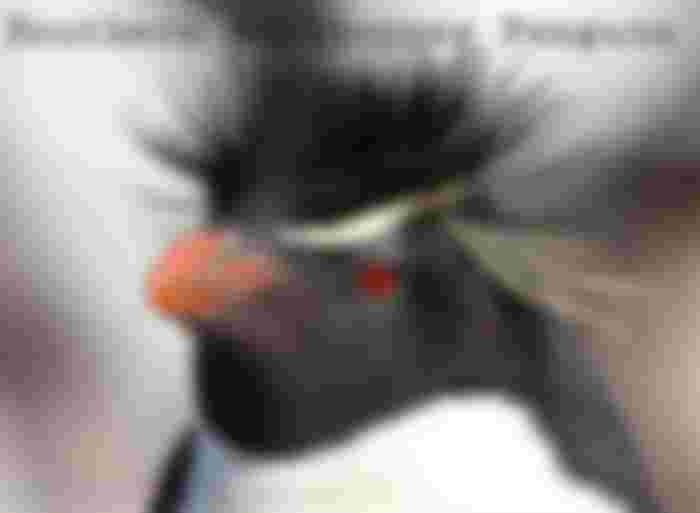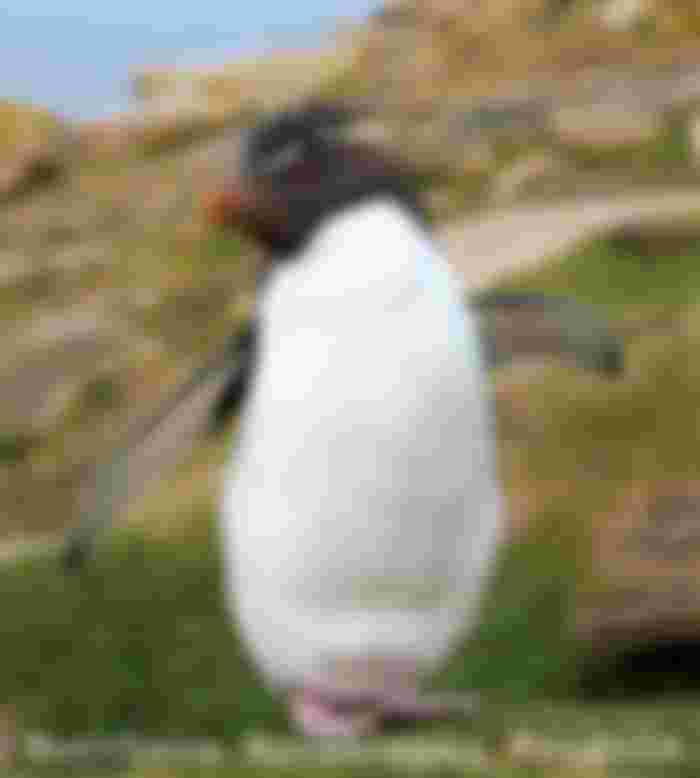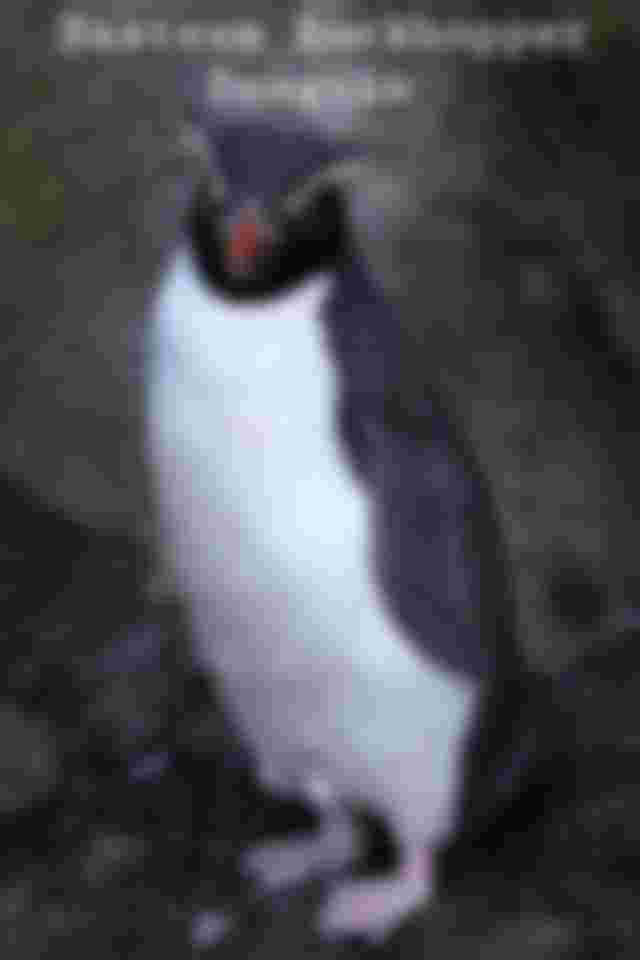Episode_2
4. Adelie Penguin:
Their scientific name is "Pygoscelis adeliae". The way to recognize them is that they have ring-like white feathers around their eyes. In summer they are found in breeding colonies on rocky and iceless shores in Antarctica. In winter, they go north in search of food in clusters of open water. Adults are 70-73 cm (about 28-29 inches) tall and weigh 4-6 kg (about 9-13 pounds). Juveniles have white throats and black eye rings. Baby feathers can range from bright gray to dense black. They dive up to 50 meters (about 165 feet) in search of prey. However, it has the ability to dive up to 170 meters (about 560 feet) if required. They eat krill, Antarctic blankets, cephalopods, etc. Killer whales, leopard seals, squashes, and giant falcons are also victims.
Bridimh breeding colony breeding season, the males come and build nests with stones. The breeding season starts in late September, but it depends on the latitude. In the northern colonies, the season begins earlier. After a while, the girls come. Then the men take part in the ecstatic display and behave prejudicially which includes shaking the lips, clenching the throat, etc. If the mating is successful, 2 eggs are laid at the end of November or the beginning of December. The mates alternately lay eggs for 35 days. About 3 weeks after the baby is born, the parents go to the sea. Many children from a group called "creche" for greater protection. After about 2 months, they left their homes and went to sea in search of food. Girls are sexually mature at 3 years old and men at 4 years old. They live for about 16 years.
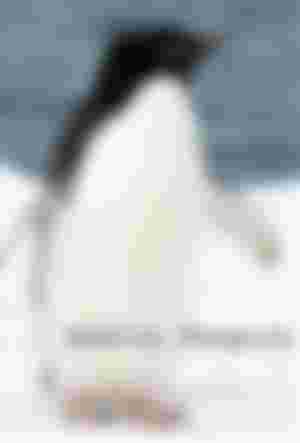
5. Chinstrap Penguin:
Their scientific name is "Pygoscelis Antarcticus". They are also known as Ringed Penguin or Bearded Penguin. The top of the head is black and the face is covered with white feathers. There are black feathers in a narrow line with the chin from one part of the head to the other. This black feather spot is called 'chinstrap', from which the name of this species comes. They have thin black spots around the eyes. They live in the northern Antarctic Peninsula and some Antarctic and sub-Antarctic islands. Adults are 71-76 cm (about 28-30 inches) tall and weigh 3-6 kg (about 7-13 pounds). Babies have gray feathers and black lips. 95-99% of their diet is krill fish. They also eat small fish and shells. Adults chase prey by diving up to 100 meters (330 feet) behind the prey. They prey on leopard seals, squashes, and sheathbills.
Breeding: Adults return to the breeding colony in early November. They nest in steep or sloping rocky places. Lays 2 eggs in late November or early December. The baby comes out after 5 weeks of giving it. And stays at home until the beginning of February. After 50-60 days the kids go to the sea. They become sexually mature at 3-7 years of age and live 15-20 years.

6. Southern Rockhopper Penguin:
Their scientific name is "Eudyptes chrysocome chrysocome". They once belonged to the same species like the Northern and Eastern Rockhopper penguins. They were separated in 2006 due to geographical position and some differences. The behavioral differences between Southern, Northern, and Eastern Rockhopper support this classification. Southern rockers live near the Falkland Islands and the farthest coast of South America and the Cape Horn. They are also found in Prince Edward and Marion Islands, Crozet Island, Kerguelen Island, Macquarie Island, Campbell Island. They are 52-55 cm (about 20-22 inches) long and weigh 2.5-3 kg (5.5-6.6 pounds). They have red eyes and reddish-brown lips, with a special kind of striped eyebrows. Juveniles have bright stripes, with gray feathers of various colors on the underside. Eats shells, snails, krill, etc. Adults can dive up to 100 meters (330 feet).
Bridimh several thousand breeding pairs together to form colonies. Their colonies are larger than those of Southern and Eastern Rockhoppers. They lay eggs at 2 o'clock every season. Girls breed at 4-5 years of age, but men can breed from 5-6 years of age. They live an average of 10 years, but some can live up to 30 years. Adults arrive at the breeding colony in late October. Eggs are laid mainly in mid-December. Babies start moving independently from 70 days after birth.
The IUCN has identified it as an "endangered species."

7. Northern Rockhopper Penguin:
Their scientific name is "Eudyptes chrysocome moseleyi". They have a lot in common with Southern Rockhopper. Breeding Population of Northern Rockhopper Tristan da Cunha Island, St. Paul Island, and Nouvelle live in Amsterdam. The mass and height of this species are similar to that of Southern Rockhopper. The eyebrow part of the Northern Rockhopper is slightly thicker than that of the Southern Rockhopper and is used to distinguish them. They eat krill, snails, and shells. Sea lions, fur seals, leopard seals prey on them.
Bridimh the biggest breeding colony on Gough Island (32000 65,000 breeding pairs). Their colony is smaller than that of Southern Rockhapar. They lay only 1 egg per season. They gather in the breeding colony from mid-July to mid-August. Laying eggs in mid-September, 32-33 days mates lay eggs. About 25 days after hatching, they begin to live in a group called "creche." Northern Rockhopper's baby, about 66 days old, left home at the end of December.
The IUCN designated it an "endangered species" in 2008.
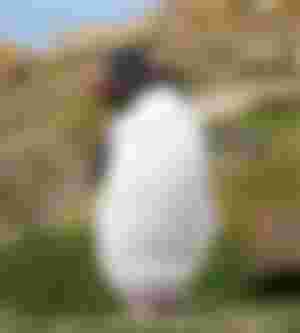
8. Eastern Rockhopper Penguin:
Their scientific name is "Eudyptes chrysocome filholi". Although they are genetically different, they are sometimes called sub-species of Southern Rockhopper. They are one of the smallest penguin species of penguin species. They are 45-55 cm in length and weigh 2.2-4.3 kg. Adults eat small fish, octopus, squid, krill, etc.
Breeding: They live in sub-Antarctic islands, Prince Edward, Crozet, Kerguelen, Heard, Campbell, Auckland. A total of 2 eggs are laid at intervals of 4-5 days during the breeding season. The males move to the breeding colony in early October, the females arrive about 1 week later. The eggs hatch after an average of 36-44 days. Babies from “creche” groups at 24 days of age.
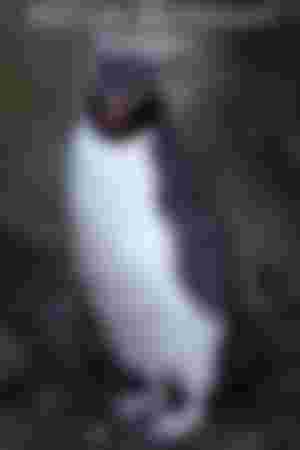
-afnan


